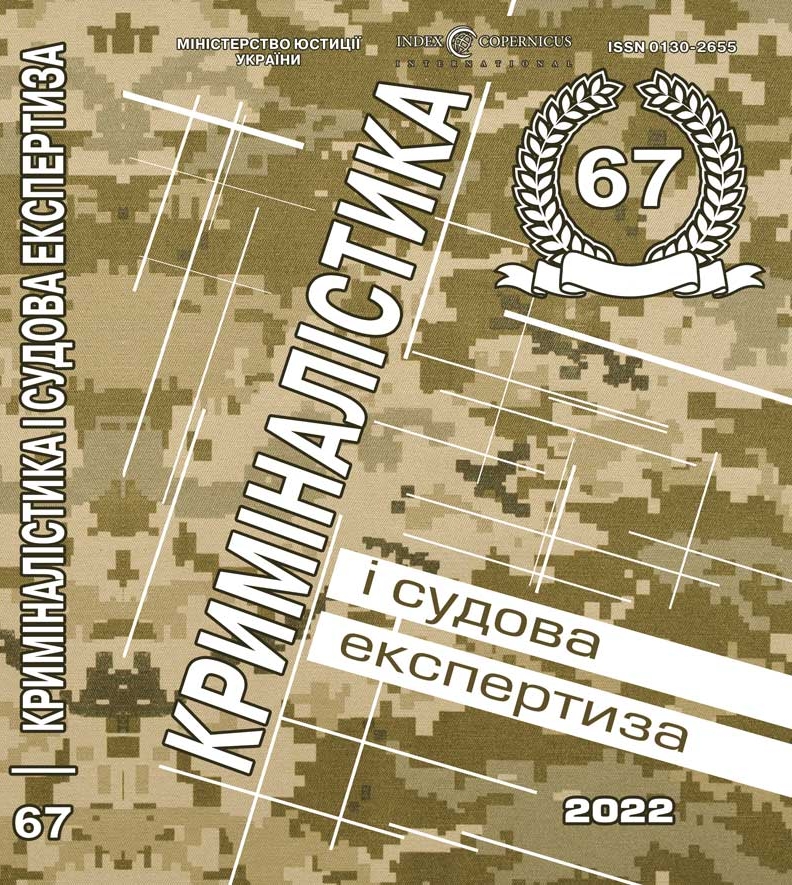
DOI: https://doi.org/10.33994/kndise.2022.67.42
O. Fedulova, O. Koshel, V. Prystupa
In the process of investigating fires, the version of involvement in the occurrence of burning emergency modes in electrical equipment and electrical wiring often becomes one of the main ones. The consequence of the current overload of electrical conductors is the appearance of localized short circuit melting on them.
In the indicated context, the most important stage of the study is the establishment of a direct or reverse causal relationship between a fire and a short circuit. The latter is possible due to the fact that the conductor metal is able to store situational trace information in the microstructure, which fixes the parameters of the state of the metal both during its solidification and after that, together with changes in the physicochemical (primarily temperature) environmental conditions.
The main materials for the production of the most common cable products at the moment are copper and aluminium, which is the reason for the fullness of the existing methodological manuals with the development of instrumental methods for establishing the moment of occurrence of short circuits relative to fire exclusively for copper and aluminium conductors.
Bimetallic conductors undeservedly remained outside the field of view of specialized methodological literature. The fact that this fact is an omission is evidenced by repeated cases of receipt of melted fragments of aluminium-copper wiring as objects of expert research in investigations into the causes of fires.
The article pays special attention to the design of bimetallic conductors and the related features of the morphology of the melted areas to avoid erroneous interpretation of the melting of a short circuit of an aluminium-copper, as the deposition of foreign metal on a monometallic copper conductor.
Also, the purpose of this work was to provide specialists who are to investigate short circuits on bimetallic aluminium-copper conductors, including with a metallographic analysis, information missing in the specialised methodological literature regarding the structural features and chemical composition of the short circuit melting metal on conductors of this type.
An example from the expert practice of studying bimetallic (aluminium-copper) conductors with signs of a short circuit is given.
The data presented in the article are based on studies using optical and scanning electron microscopy.
Key words: metallographic analysis, short circuit, forensic fire expert, overcurrent, melting, bimetal, wiring.










